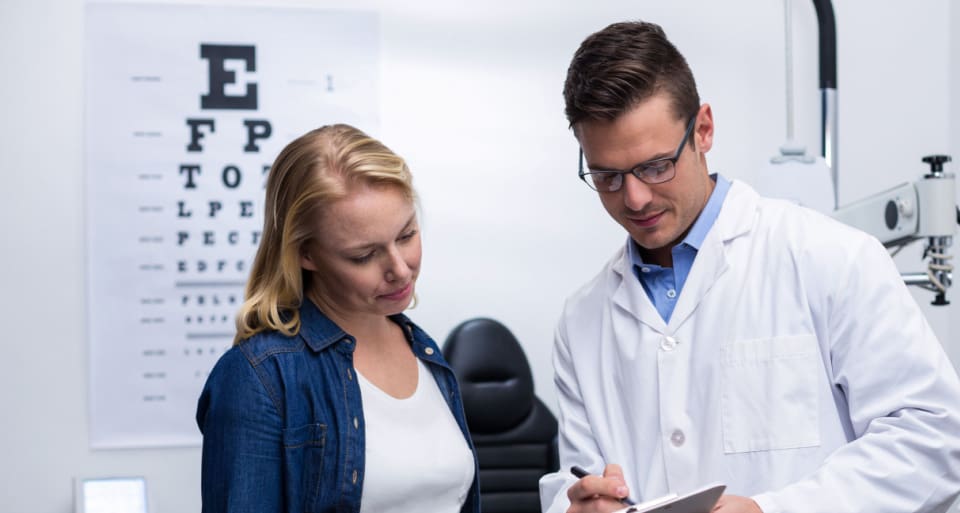
Miramar Eye Specialists Medical Group
Cataract Surgery & LASIK in Santa Paula
Eye Surgery Specialists in Santa Paula, CA
At our Santa Paula-based eye clinic, we offer the highest quality eye care to the residents of Ventura County. With a proud 30-year tradition of excellence deeply rooted in the community, we greatly value the trust our patients have placed in us.
Staff at our clinic includes Dr. Steven L. Carter, whose work has been published in several peer-reviewed publications. As a comprehensive ophthalmologist, Dr. Carter has extensive experience treating ocular diseases and conditions surgically and medically.
Schedule an appointment at our Santa Paula clinic to discuss your vision needs with a specialist. We specialize in cataract surgery and LASIK eye surgery, as well as many other surgical procedures for vision enhancement and treatment of eye conditions. We also provide regular ophthalmological services for all your eye care needs.
Cataract Removal in Santa Paula, CA
Once a cataract has advanced and glasses no longer help, the only way to recover your vision is to undergo cataract removal surgery.
A cataract forms when the natural lens of the eye becomes cloudy, in most cases due to age-related changes. During surgery, the cloudy lens is removed and an artificial intraocular lens is inserted. There are various lens options available, with premium lifestyle lenses being the most advanced in restoring vision at different distances and reducing dependence on glasses.
Our Santa Paula NVISION® clinic performs laser-assisted cataract surgery. This procedure has several advantages over traditional cataract surgery:
- More Precise Cuts: The laser makes precise and consistent cuts, which can reduce the risk of complications and improve the outcome.
- Better Lens Placement: The laser helps place the artificial lens correctly, which is important for good vision.
- Less Energy Used: The laser softens the cataract, reducing the need for ultrasound energy and potentially minimizing complications.
- More Accurate: The laser-assisted procedure allows for more accurate cuts and better placement of the artificial lens, which can improve vision.
- Better Astigmatism Correction: The laser can reshape the cornea to correct astigmatism, providing better vision for patients with this condition.
- Higher Patient Satisfaction: Laser-assisted cataract surgery has been shown to improve patient satisfaction due to the more precise and less invasive nature of the procedure.
Intraocular Lenses for Vision Enhancement
During cataract surgery, an Intraocular lens (IOL) will be implanted to replace the affected natural lens. IOLs come in various types and address and provide different advantages.
- Monofocal lenses provide clear vision at one distance, typically either near or far. With monofocal lenses, patients usually require glasses for activities like reading or seeing distant objects, depending on the focal length chosen for the lens.
- Multifocal lenses are a premium option that offers vision correction at multiple distances, reducing the need for glasses or contact lenses. To decide which type of multifocal IOL is the best fit for you, your doctor will measure the curve in your cornea and your eye length. We have several options available depending on your eye and lifestyle needs.
LASIK Eye Surgery in Santa Paula, CA
LASIK, or Laser-Assisted in Situ Keratomileusis, is a surgical procedure aimed at correcting refractive errors in the eye (including nearsightedness, farsightedness, and astigmatism). By reshaping the cornea, LASIK aims to improve the way light rays are focused on the retina, ultimately leading to improved vision.
The procedure is designed to reduce or eliminate the need for eyeglasses or contact lenses in most daily activities, though some individuals may still require corrective lenses for specific tasks such as reading or nighttime driving.
How it works:
- Creating the Corneal Flap: A precision flap-making instrument is used to create a thin layer of corneal tissue, which is then peeled back to expose the underlying tissue.
- Reshaping the Cornea: An excimer laser is used to reshape the cornea by removing a thin layer of corneal tissue. The laser is programmed to remove tissue in a specific pattern depending on the type of refractive error being corrected.
- Repositioning the Flap: The corneal flap is then repositioned over the treatment area, and natural forces hold it in place until surface healing is complete.
Not sure if LASIK is right for you?

99% SUCCESS RATE 99% of NVISION patients see 20/20 or better after LASIK

RAPID RECOVERY Resume your normal activities in 24 hours

COMFORT-FOCUSED LASIK is virtually painless and completed in minutes
Miramar Eye Specialists Medical Group
957 Faulkner Rd #102Santa Paula, CA 93060
Mon - Fri: 8:30 AM - 5 PM
Saturday: Closed
Sunday: Closed
Dona Folk
Dr Yee, ,knowledgeable and positive really appreciate her professionalism. Staff in the Santa Paula office accommodating, kind and helpful thank you to everyone there.
Mary Flores
Dr Yu and staff have always been so polite and professional when attending to my needs. I prefer the Santa Paula office for the reason that I live in Santa ...
Virginia Salgado
Was seen by the Dr. very quickly. Dr. Had a great bedside manner. Staff was very nice as well.
Hurry, Offer Ends Soon
Book now for $1,000 off LASIK* + Enjoy Easy and Fast LASIK Financing**
Vision Correction Procedures in Santa Paula
Today's life-changing procedures make it possible to improve your vision to 20/20—or better.
LASIK Eye Surgery
LASIK eye surgery is a safe, highly effective solution to correct vision and eliminate the need for glasses or contacts. At NVISION, our expert surgeons use state-of-the-art technology and advanced techniques to deliver exceptional results and have you back to your routine quickly.
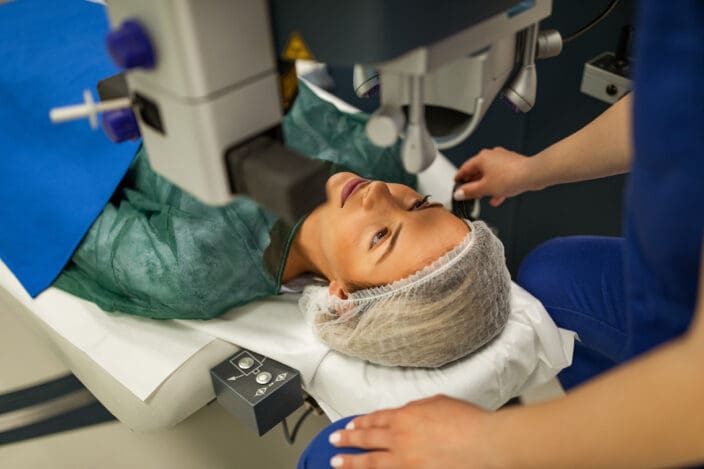
Cataract Surgery
Cloudy vision holding you back? Our advanced cataract surgery, featuring laser-assisted technology and lifestyle lenses, can restore your sight and help you enjoy life’s moments clearly again.
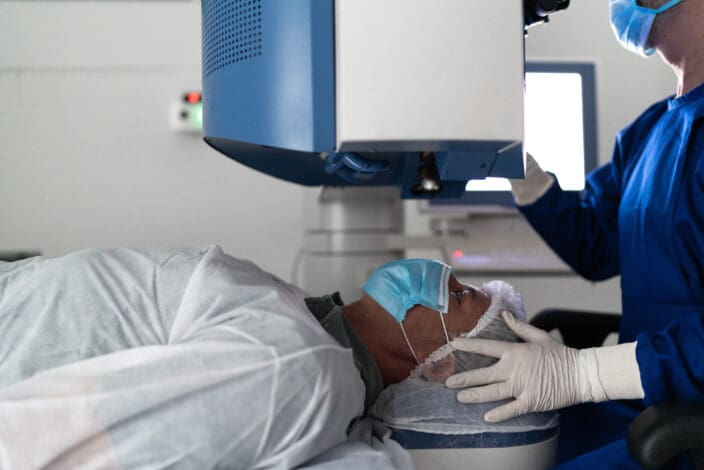
iDose® TR Glaucoma Treatment
iDose® TR is a micro-sized implant that provides a continuous release of glaucoma medication directly inside your eye. This ensures 24/7 eye pressure control – it’s so effective that 8 out of 10 patients don’t need glaucoma drops anymore.
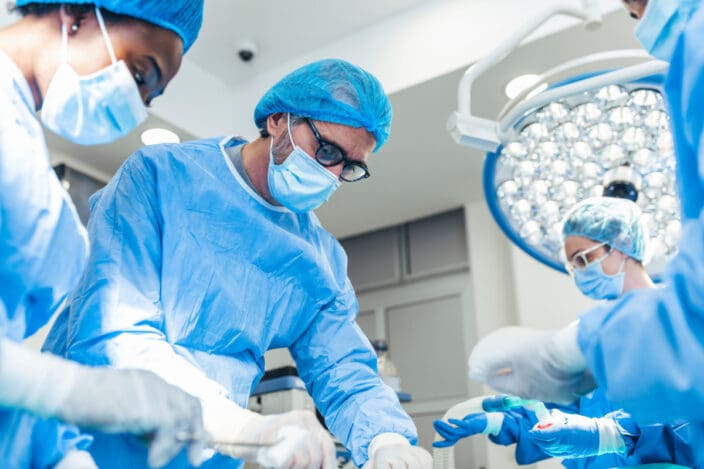
Refractive Lens Exchange (RLE)
Refractive Lens Exchange (RLE) replaces your eye’s natural lens with a clear, artificial one—improving your vision and reducing your dependence on glasses or contacts.
Sometimes called Custom Lens Exchange (or CLE), RLE is popular option for adults over 40 who want to correct nearsightedness, farsightedness, or astigmatism—and it’s a smart, preventative solution before cataracts ever develop.
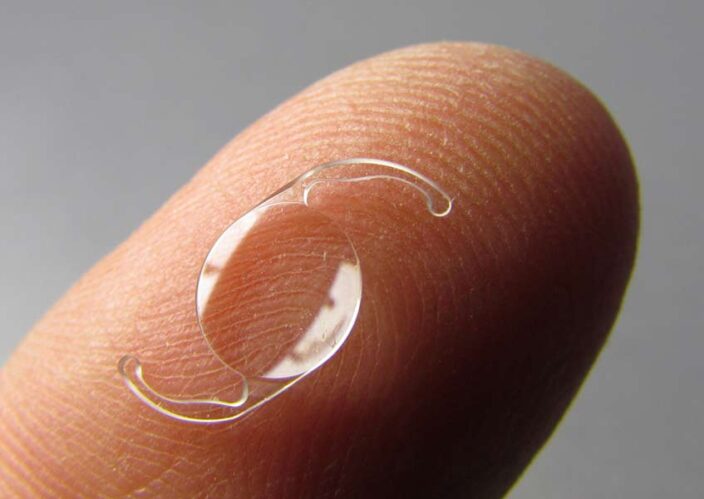
Other Procedures
Pterygium Surgery
Pterygium surgery is performed under topical anesthesia on an outpatient basis.
Corneal Collagen Crosslinking (CXL)
Keratoconus is a progressive disease of the cornea. With collagen cross-linking (CXL), you can halt the progression of keratoconus by strengthening your cornea.
Laser Blepharoplasty
Laser blepharoplasty eye surgery, also known as laser eyelid surgery, is a surgical procedure to rejuvenate eyelid tissues (skin, muscle, or fat). Blepharoplasty is performed for both cosmetic and vision correction purposes. NVISION has an eye clinic to help address your needs – Book a consultation today.
Lifestyle Lenses
Lifestyle lenses are a premium lens option that offers a more functional range of vision, and are designed to reduce the need for distance and reading glasses.
We offer the latest and most advanced lifestyle lens on the market.
Pediatric Strabismus Surgery
Pediatric strabismus surgery is a procedure aimed at correcting misalignment of the eyes in children. Strabismus, commonly known as crossed eyes or squint, occurs when the eyes are not properly aligned and do not move together as a team. This condition can lead to double vision, reduced depth perception, and visual impairment if left untreated.
Pediatric strabismus surgery is considered safe and effective in correcting eye misalignment and improving visual function in children. However, as with any surgical procedure, there are risks and potential complications, including over- or under-correction of the misalignment, double vision, and infection. Close follow-up with an ophthalmologist or pediatric ophthalmologist is essential to monitor the child’s progress and ensure optimal outcomes. Additionally, vision therapy or orthoptic exercises may be recommended following surgery to help improve eye coordination and binocular vision.
Glaucoma Surgery
Glaucoma surgery encompasses various surgical procedures aimed at reducing intraocular pressure (IOP) to prevent or slow down the progression of glaucoma—a group of eye conditions characterized by damage to the optic nerve, often associated with elevated IOP.
There are several types of glaucoma surgery, including:
1. Trabeculectomy: This is one of the most common surgical procedures for glaucoma. During a trabeculectomy, a small flap is created in the sclera (the white part of the eye), allowing aqueous humor (the fluid inside the eye) to drain out of the eye and reduce IOP. Sometimes, a small device called a shunt or a drainage tube may be used to facilitate drainage.
2. Glaucoma Drainage Implants: Also known as glaucoma shunts or tubes, these devices are implanted into the eye to help drain aqueous humor and lower IOP. They are often used when other forms of glaucoma surgery, such as trabeculectomy, have not been successful.
3. Minimally Invasive Glaucoma Surgery (MIGS): MIGS procedures are a newer category of glaucoma surgery that aim to reduce IOP through minimally invasive techniques with shorter recovery times and fewer complications compared to traditional surgeries. Examples of MIGS procedures include trabecular micro-bypass stents and canaloplasty.
4. Laser Surgery: Various laser procedures, such as selective laser trabeculoplasty (SLT), laser peripheral iridotomy (LPI), and cyclophotocoagulation, are used to lower IOP by improving the outflow of aqueous humor or reducing its production.
The choice of glaucoma surgery depends on factors such as the type and severity of glaucoma, the patient’s overall health, and the surgeon’s preference and expertise. The goal of glaucoma surgery is to reduce IOP and preserve vision by preventing further damage to the optic nerve. However, it is important to note that while glaucoma surgery can help manage the condition, it may not always restore lost vision. Patients should discuss the potential risks, benefits, and alternatives of glaucoma surgery with their ophthalmologist or glaucoma specialist to determine the most appropriate treatment plan for their individual needs.
Brow Lift
A brow lift, also known as a forehead lift or browplasty, is a surgical procedure performed to rejuvenate the appearance of the forehead, eyebrows, and upper eyelids by raising the eyebrows and reducing the appearance of wrinkles, lines, and sagging skin in the forehead region.
There are different techniques for performing a brow lift. The choice of technique depends on factors such as the patient’s anatomy, aesthetic goals, and the extent of correction required.
Brow lift surgery can effectively address a variety of concerns, including drooping eyebrows, forehead furrows, frown lines, and hooding of the upper eyelids. By restoring a more youthful and refreshed appearance to the upper face, a brow lift can help improve self-confidence and overall facial harmony.
ENTROPION/ECTROPION
Entropion and ectropion are both eyelid conditions that involve the abnormal positioning of the eyelid margin, leading to irritation, discomfort, and in some cases, vision problems.
1. Entropion: Entropion occurs when the eyelid margin turns inward, causing the eyelashes and skin to rub against the cornea and conjunctiva (the clear membrane covering the white part of the eye). This can lead to symptoms such as eye redness, irritation, tearing, and blurred vision. Entropion is commonly caused by age-related changes to the eyelid tissues, scarring from injury or surgery, or underlying conditions such as trachoma or Bell’s palsy.
2. Ectropion: Ectropion occurs when the eyelid margin turns outward, exposing the inner surface of the eyelid and the conjunctiva to the environment. This can lead to symptoms such as eye dryness, irritation, tearing, and sensitivity to light. Ectropion may also cause cosmetic concerns, as the lower eyelid may appear droopy or sagging. Ectropion is commonly caused by age-related weakening of the eyelid tissues, scarring from injury or surgery, or conditions such as facial nerve palsy or skin disorders.
Both entropion and ectropion can be treated with surgical correction to reposition the eyelid margin and restore normal eyelid function. The specific treatment approach will depend on the underlying cause of the condition, the severity of symptoms, and other factors such as the patient’s overall health and preferences. It is essential for individuals experiencing symptoms of entropion or ectropion to consult with an ophthalmologist or oculoplastic surgeon for evaluation and appropriate management.
Recommended Reading



Insurance Plans and Payment Options
At NVISION Eye Centers, we strive to make managing your care as easy as possible. In addition to working with many insurance providers, we offer a convenient online payment option for your bills. Click here to pay your bill online.
Below, you’ll find a list of the insurance companies we currently accept at this location. If your provider is not listed, please give us a call—NVISION frequently adds new insurance companies and offers many out-of-network options.
- Aetna
- Blue Cross
- Blue Shield
- Cigna
- Health Net
- Humana
- Medicare
- MES
- Triwest
- VSP
- CompBenefits
- Coventry
- EYEMED
- Foundations for Medical Care
- Galaxy
- Health Service Group of California
- Medi-Cal
- Multiplan/PHCS/Beech Street
- Railroad Medicare
- Spectera
- Superior
- US Dept. Of Labor
- United Healthcare/Pacificare
- V.C.H.C.P.
- V.C.H.O.
Cataract Surgery, LASIK & more
At NVISION® Eye Centers, we provide life-changing results, an exceptional experience, and a lifetime commitment to your LASIK vision correction.
- Industry-leading eye doctors and vision outcomes with more than 2 million successful procedures
- The most advanced laser and diagnostic technology available
- Financing available – no down payment, zero or low interest, low monthly payments
- Free LASIK consultations
- Use your FSA/HSA balance toward LASIK before it expires in December
Location – Santa Paula eye clinic
Miramar Eye Specialists Medical Group – Santa Paula, California
957 Faulkner Rd # 102, Santa Paula, CA 93060
(805) 525-1737
